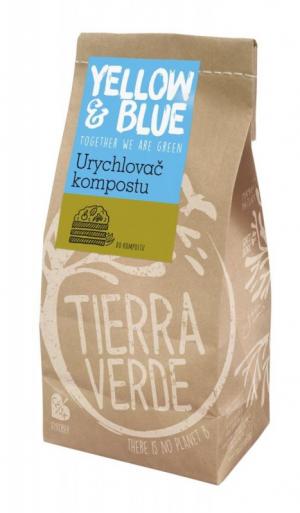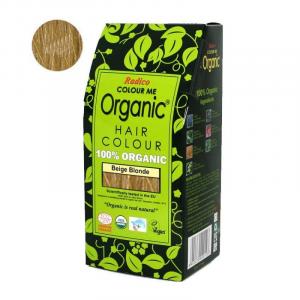Asparagus felatus (Asparagus felatus)
Other names: Asparagus sickle
Harm score: 1 (Natural substances)
Asparagus sickle, an extremely valuable plant species of the Asparagus family, is also known as Asparagus sickle. It is particularly noteworthy for its utilitarian properties, and although it is not used as much as its relative the common asparagus, for example, its applications are also wide-ranging. It is characterised by its leaves forming dense green thickets or stems ending in an oblique leaf, which gives it its name.
In the kitchen, asparagus is used to prepare a variety of dishes, whether it be cabbage salads, soups or even sauces. However, culinary use is not limited to the production of dishes. In many cultures, asparagus is also used as a natural flavouring for various beverages. Its fresh and rather specific flavour is sought after, for example, in the production of tea, where its young shoots, which are rich in vitamins and minerals, are used. Thanks to its characteristic and fresh aroma, asparagus is also used in the production of liqueurs.
In addition to cuisine, asparagus is also used medicinally. Its roots and stems are often used in the production of herbal remedies and homeopathic preparations. Sickle asparagus has positive effects on digestion, supports kidney function and is also anti-inflammatory. The uses of this plant in medicine are therefore as varied as in the kitchen.
You won't find this substance in our products. Try the natural, chemical-free products in our range.

Compost accelerator (500 g) - a mixture of bacterial cultures and enzymes
Product detail
Moisturizer for combination and oily skin BIO (50 ml)
Product detail